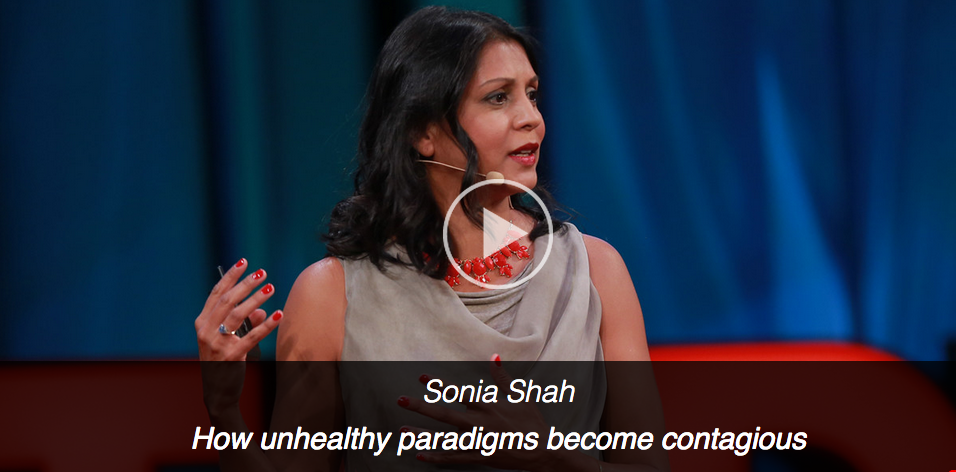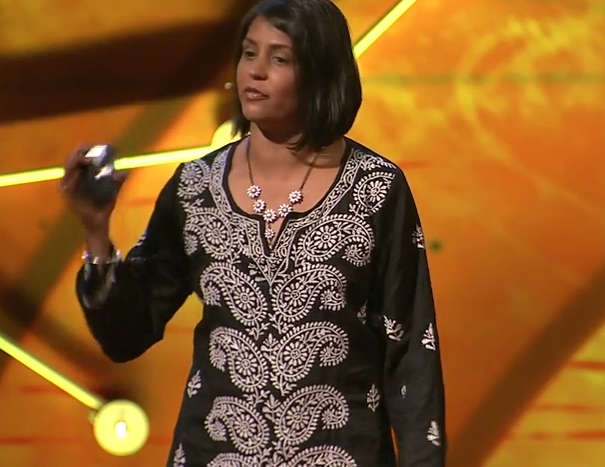Ms. Magazine blog, April 26, 2010

This past week, in honor of World Malaria Day, I attended a meeting in Washington, D.C., of a small group of aid workers, social scientists, and others involved in the business of distributing insecticide-treated bednets to women and children in rural Africa, to protect them from malaria.
Willard Shaw showed a photo of a typical hut where his group, AED NetMark, distributes these bednets. A willowy woman, swathed in colorful, dusty fabric, stood in the center of her round, mud-walled, thatch-roofed hut. The hut was perhaps six-feet high at its center, with a radius of perhaps four feet or so. Her belongings were spread all around her: a few pots, a sleeping mat. In her hands she held a treated bednet, meant to be strung over her sleeping area.
It was like a thing from outer space in the interior of her hut, its blue fabric still packaged in its improbably shiny plastic.
It was big and square.
The hut was tiny and round.
Square nets for round huts. Need I say more? The square bednet–which comes with no string to tie it up, which is often the wrong size for local huts, which to many resembles a funeral shroud, which for others may be the most precious thing they own and will thus be hoarded for years rather than used, or which will be cut up into a wall divider or fishing net or wedding veil–is nothing like the silly mosquito-zapping laser I wrote about in March. No, the insecticide-treated bednet is an intervention known to slash mortality in children by 20 percent, and it has done just that in many locales across the malarious world. It’s a serious, effective, easy-to-distribute intervention that will and is saving the lives of women and children from malaria. And there will be more coming. The Roll Back Malaria Partnership is calling for 730 million treated nets to blanket over sub-Saharan Africa, and NGOs such as Idol Gives Back, Malaria No More and Nothing But Nets are out in force raising thousands of dollars to do just that.
And yet, according to Shaw, in many places, nearly half of the treated bednets that have washed over Africa like a flood are not being used as intended. They’re being re-sold, hoarded or cut up and put to other use.
That may not be the intended result, but it also may not matter much. With millions of nets piling up across Africa, many, many nets will be used properly, even if a significant portion are not. And malaria will decline accordingly.
But it does suggest an important disconnect in how we attempt to help poor women and children overseas. The treated bednet was a great idea that Western scientists came up with and that donor agencies embraced–not because African women and children who were the intended beneficiaries wanted them, but because nets are easy for us to make, raise funds for and distribute. We masterminded the solution, not them. Which is why people like Willard Shaw must launch educational and training programs in rural African communities in order to exhort local people to actually use the nets they are given.
Really, this is exactly backwards. If we want to help poor women and their children, whether to protect them from malaria, or to lift them from poverty or save them from other diseases, we need to do things in the precise opposite direction. Empower them to come up with their own solutions. Listen. And then try to help.
Maybe some will want square nets for round huts. But others may not.
Above: A woman in Africa receives a mosquito net. Photo courtesy of http://www.flickr.com/photos/ixtla/ / CC BY-SA 2.0
Courtesy of Ms. Magazine













Leave a Reply